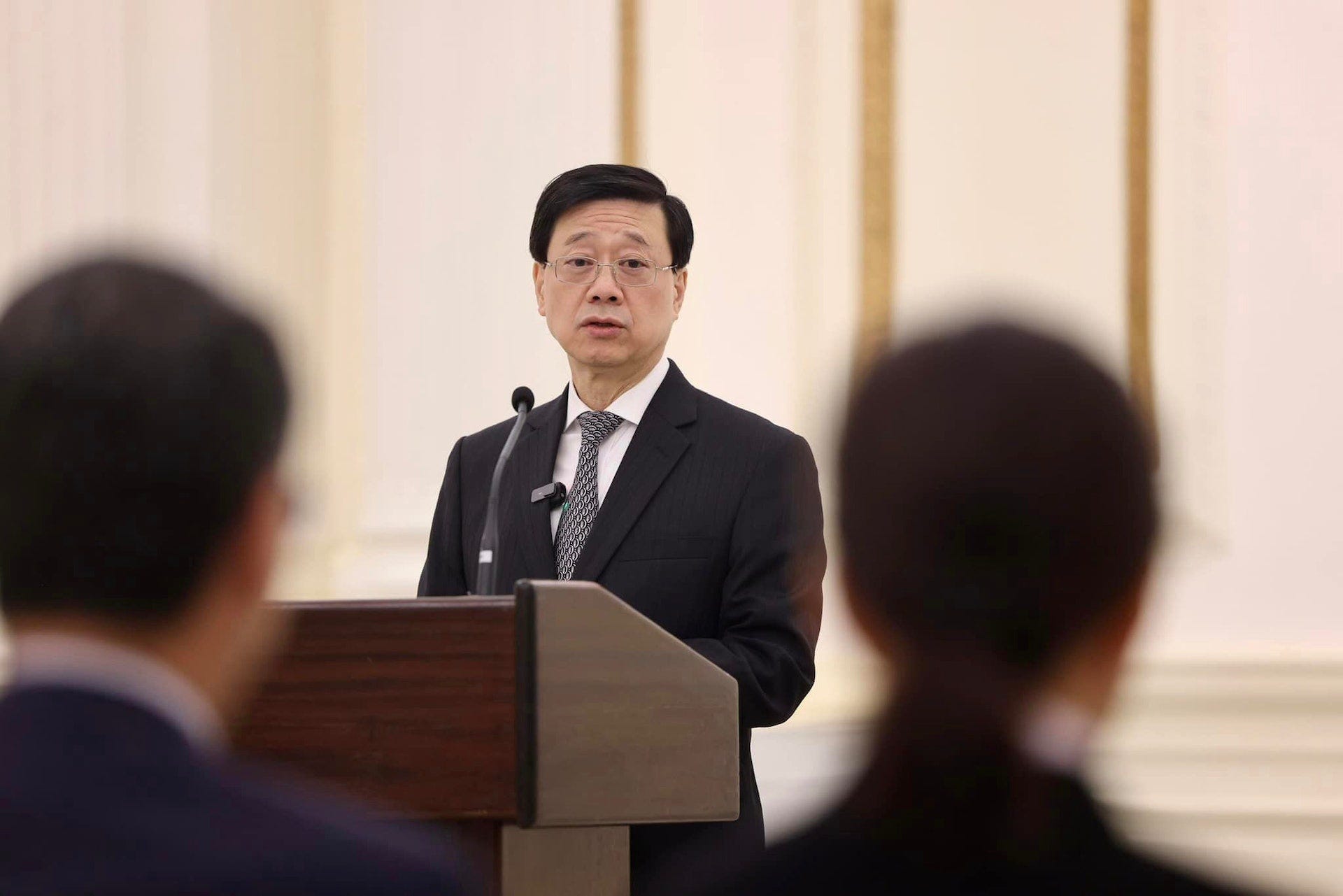Hong Kong's Taikonaut Could Fly in 2026, Chief Executive Says
But the spacefarer’s identity remains unknown.
Chief Executive of the Hong Kong Special Administrative Region John Lee Ka-chiu (李家超) gave a speech via video at the launch ceremony of a youth space exploration delegation on July 5th. In the speech, Lee noted that the city has participated in China’s space missions, along with establishing the Hong Kong Space Robotics and Energy Center to collaboratively work on hardware for the Chang’e 8 mission with mainland universities.
Alongside that, Lee mentioned that the city’s first taikonaut is expected to fly their first space mission as early as next year, according to Hong Kong-based DotDotNews. Since April, it has been known that a payload specialist from Hong Kong or Macao can join space missions beginning from 2026.
Hong Kong’s taikonaut passed selection just over a year ago, in June 2024, as a payload specialist along with one from Macao and eight pilots from the mainland. At that time, Lee thanked the central government for drawing upon candidates from the Special Administrative Region, deeming it a show of confidence in the city’s scientific development.
As is standard for China’s spacefarers yet to fly their first mission, the identity of Hong Kong’s taikonaut is unknown. However, shortly after the June selection, the South China Morning Post and the Hong Kong Free Press believe the person selected is Lai Ka-ying (黎家盈), a Chief Inspector of the Hong Kong Police Force who holds a PhD in computational and information science-related subjects. The China Manned Space Agency did not comment on the speculation, but is expected to have been training the selected person in Beijing since 2023, initially as part of the selection process and then for full training.
With Lee’s comment recently and the timeline for Shenzhou missions (several months of training, six months for the mission, and a few months to adjust back to Earth1), the earliest mission Hong Kong’s taikonaut could be assigned to, if not already assigned, is Shenzhou-23 around October 2026.
That is close to when Pakistan’s visit to the Tiangong Space Station may take place, with the station’s first international visitor in the closing stages of selection. A Pakistani astronaut is not currently expected to stay onboard for a full six-month mission, instead going up with one mission and returning on another2, also meaning a taikonaut would need to stay in space for a full year (that would be a first for China’s human space program).
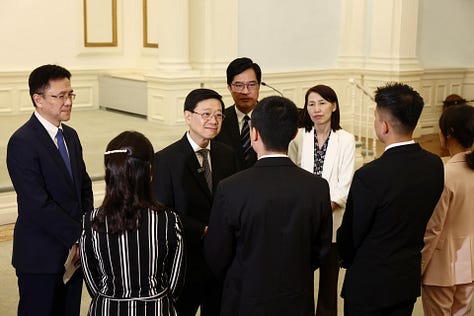
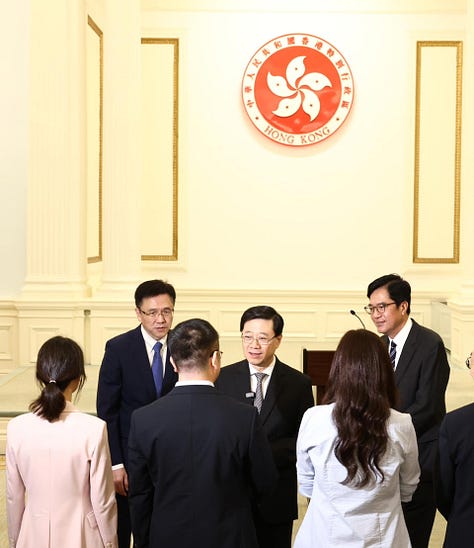
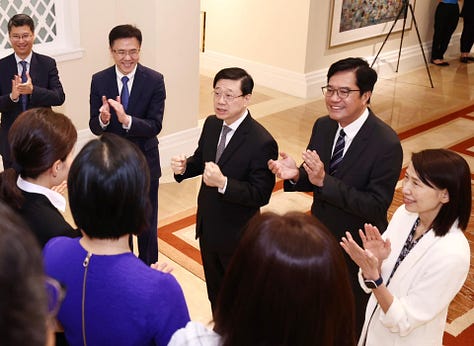
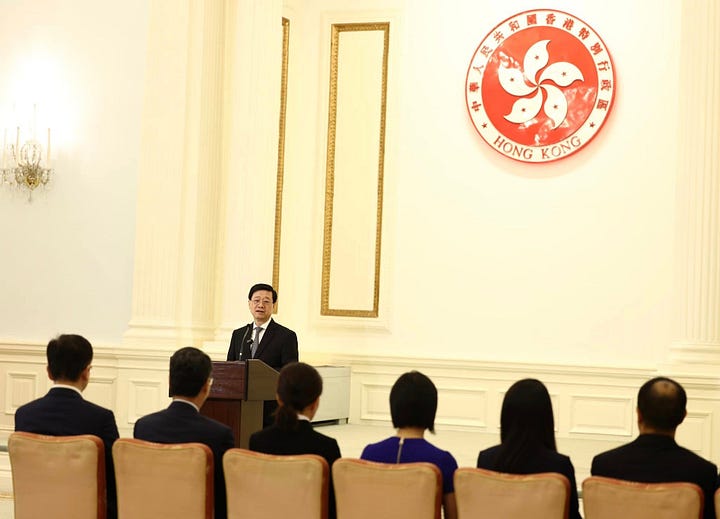

Based on my understanding, when a new crew heads to Tiangong, they have a backup crew who can take over if the original crew suffers a health issue. If a takeover is not required, they become the primary crew for the next mission. Following launch, the new primary crew prepares for their mission over the next six months, while a new backup crew is assigned. This would have taikonauts assigned to Shenzhou missions at least one year before launch.
This would also shorten the total time training needed solely for Pakistan’s astronaut.



